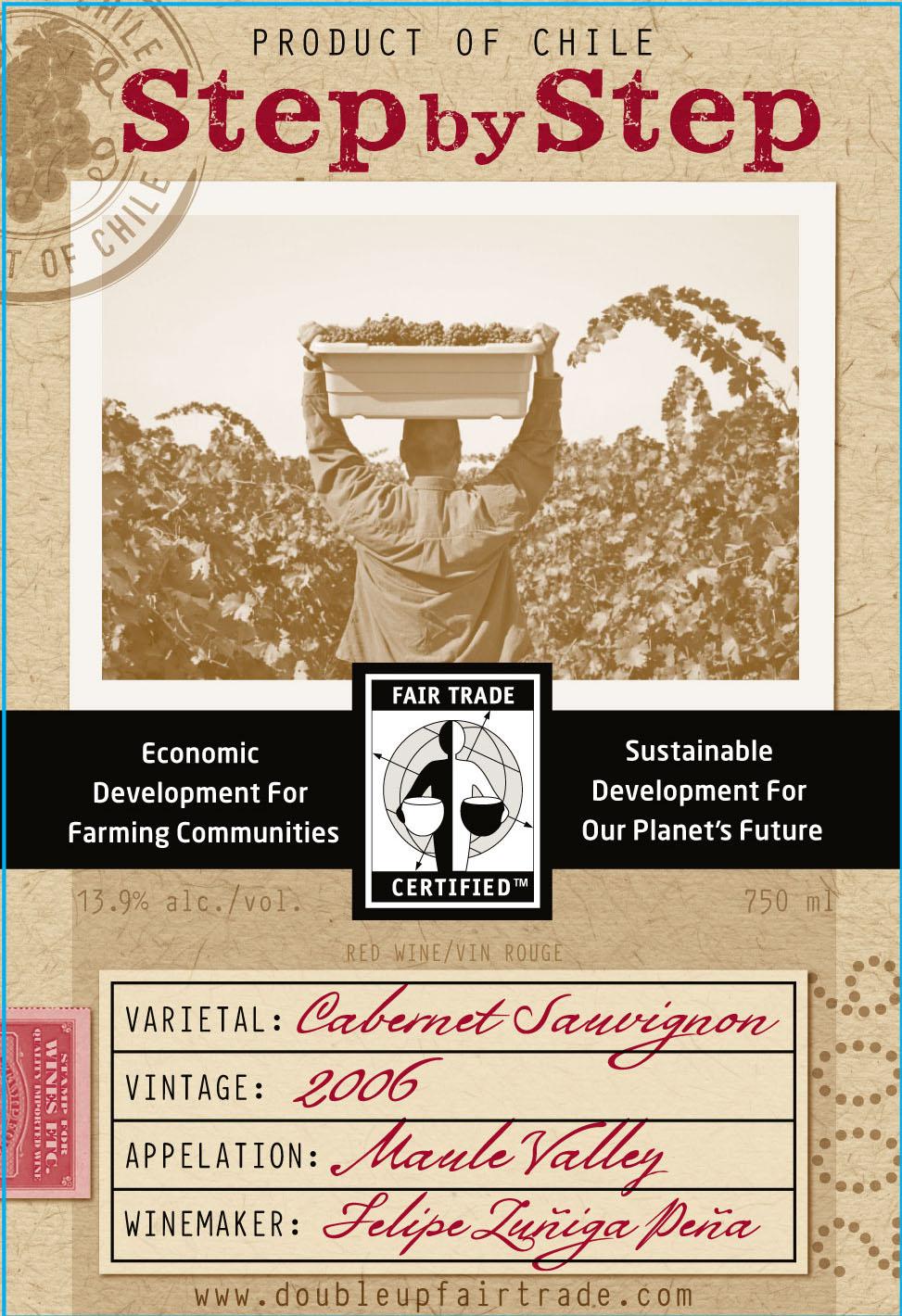2006 Maule Valley Cabernet Sauvignon
Step By Step Cabernet Sauvignon from the Maule Valley is a captivating red wine that showcases the potential of this remarkable region. With a medium-bodied profile, it strikes a balance between richness and elegance, offering a delightful experience with every sip. Its acidity is bright and refreshing, making it lively on the palate while enhancing the overall structure of the wine. The fruit intensity is prominent, featuring luscious notes of dark cherry, blackberry, and hints of blackcurrant that create a delectable depth. Silky tannins contribute to a smooth mouthfeel, inviting the next sip. This wine is dry, allowing the fruit flavors to shine through without being overshadowed, and it embodies the essence of the 2006 vintage beautifully. Enjoy it alongside a hearty meal or savor it on its own for a delightful evening.
Step By Step Cabernet Sauvignon from the Maule Valley is a captivating red wine that showcases the potential of this remarkable region. With a medium-bodied profile, it strikes a balance between richness and elegance, offering a delightful experience with every sip. Its acidity is bright and refreshing, making it lively on the palate while enhancing the overall structure of the wine. The fruit intensity is prominent, featuring luscious notes of dark cherry, blackberry, and hints of blackcurrant that create a delectable depth. Silky tannins contribute to a smooth mouthfeel, inviting the next sip. This wine is dry, allowing the fruit flavors to shine through without being overshadowed, and it embodies the essence of the 2006 vintage beautifully. Enjoy it alongside a hearty meal or savor it on its own for a delightful evening.




